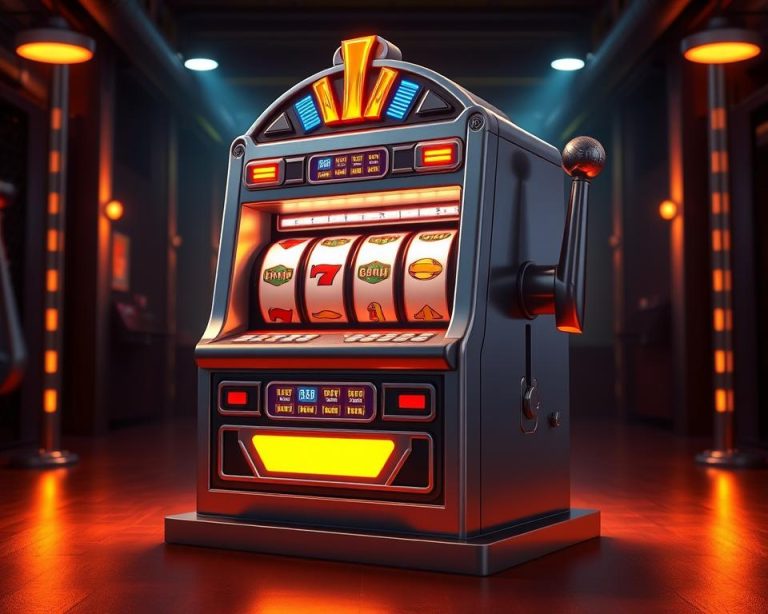Game Slot Habanero RTP Tertinggi yang Wajib Dicoba
Jika Anda suka judi online, pasti sudah kenal Habanero. Mereka terkenal dengan game slot online yang RTP-nya tinggi. Ini memberi kesempatan menang yang lebih besar bagi pemain. Kita akan bahas beberapa slot online dari Habanero dengan RTP tertinggi. Dengan RTP tinggi, peluang menang Anda jadi lebih besar. Mengerti lebih dalam tentang game slot dari Habanero…




